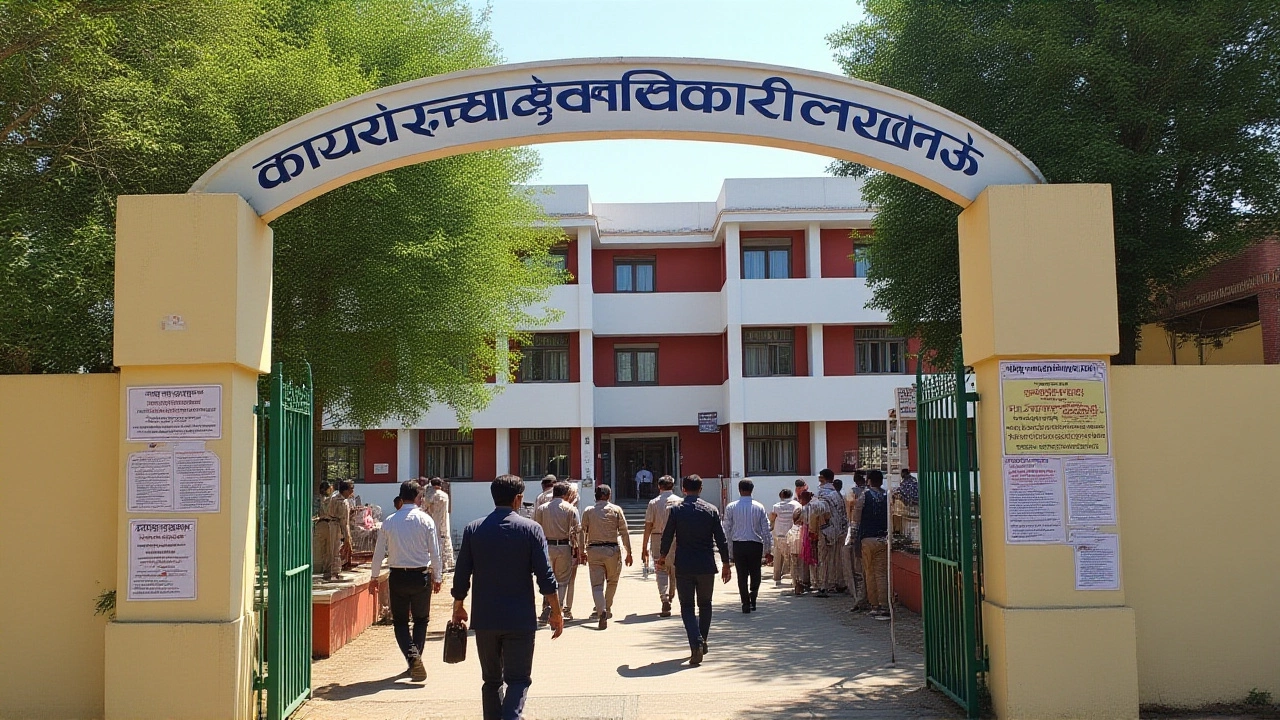Education Policy
When talking about Education Policy, the set of rules, guidelines, and initiatives a government uses to shape learning from primary schools to universities. Also known as Education Reform, it aims to improve access, quality, and relevance of education for a nation’s citizens.
One of the biggest building blocks of any education policy is Curriculum Reform, the process of updating what students learn to match modern needs. It works hand‑in‑hand with Skill Development, programs that teach practical abilities like coding, entrepreneurship, and vocational trades. Together they ensure that what’s taught in classrooms translates into job‑ready skills. Education policy also leans on government funding to turn plans into reality, allocating money for teachers, infrastructure, and scholarships.
Another crucial piece is Government Funding, the financial support from central and state budgets that powers schools, colleges, and research centers. Without steady cash flow, even the best‑designed reforms stall. Funding ties directly to Higher Education, universities and institutes that drive advanced learning and research. When policy boosts funding for universities, it fuels innovation, attracts talent, and raises the country’s global standing.
Education policy encompasses curriculum reform, skill development, and funding—all of which influence the quality of teaching. It requires robust assessment mechanisms to track progress, and clear accountability to keep ministries honest. By linking assessment data with funding decisions, policymakers can target struggling schools and replicate successful models.
The ripple effect reaches the economy: a well‑educated workforce boosts productivity, attracts foreign investment, and fuels entrepreneurship. In turn, a stronger economy provides more tax revenue, creating a virtuous cycle that supports further educational investments. This link shows how education policy influences both individual livelihoods and national growth.
Technology is another game‑changer. Digital learning platforms, broadband expansion, and smart classrooms are now part of the policy mix. Companies like Google contribute tools that make remote education possible, especially in rural areas. When a policy pushes for digital infrastructure, students gain access to global resources, leveling the playing field across regions.
Public perception matters, too. Media coverage of school meals, teacher strikes, or new curricula shapes how citizens view reforms. Transparent reporting helps build trust and encourages community participation in shaping policy. With an informed public, feedback loops become stronger, and policies can adapt faster.
Below you’ll find a curated list of articles that dive deeper into each of these angles—whether you’re looking for the latest funding announcements, insights on curriculum changes, or stories about skill‑building initiatives across India. Explore the collection to see how education policy is being put into practice today.

Teacher Protest in Lucknow: Dhananjay Gupta Leads Sit‑in Over CT ET Jobs
Teacher leader Dhananjay Gupta's sit‑in at Lucknow's Eco Garden highlights a clash over CT ET job vacancies, legal battles, and a push for Prime Minister Modi's intervention.
View more